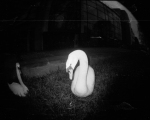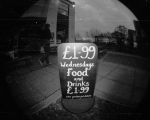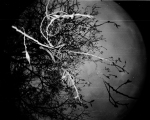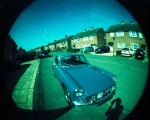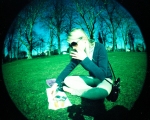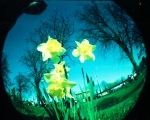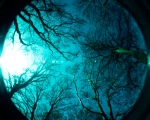I was introduced to film photography via lomography, a style of photography invented by the Lomographic Society. The founders first experimented with the Lomo LC-A, a cheap Russian toy camera. They were taken by the unique, high contrast photos with vignettes and soft focus. Since then several cameras such as Holga, Diana, Fisheye, Colorsplash and Supersampler have taken the name and style of Lomography.
Lomography is not only a photographic movement but also a why of life, and with this life style there are rules:-
1. Take your camera everywhere you go.
2. Use it any time – day and night.
3. Lomography is not an interference in your life, but a part of it.
4. Try to shoot from the hip.
5. Approach the objects of your Lomographic desire as close as possible.
6. Don’t think.
7. Be fast.
8. You don’t have to know beforehand what you captured on film.
9. Afterwards either.
10. Don’t worry about any rules!
So recently I borrowed a Lomo Fisheye off a friend and tried out some of my own Lomography. The first roll i put through the camera was some Illford HP5+, developed in Kodak T-Max Professional (1-4) for 6.30 minutes at 20°. Most of these photo where shot at night using the built-in flash.
The second roll was Fuji Provia 100F Slide Film which I intended to cross process in C-41 Chemicals. Cross processing is the act of processing film through chemicals not intended for it. Such as colour negative through E-6 chemicals or slide through C-41. Since you are processing a type of film with chemistry that it was never designed for the results are unpredictable and can give unexpected colours.

